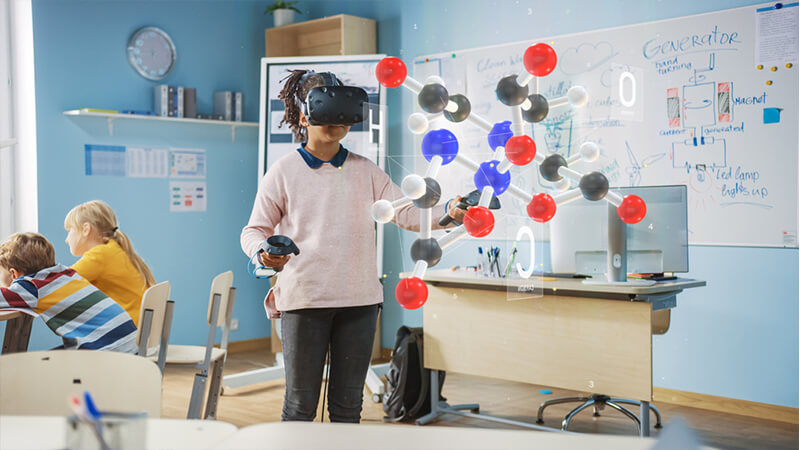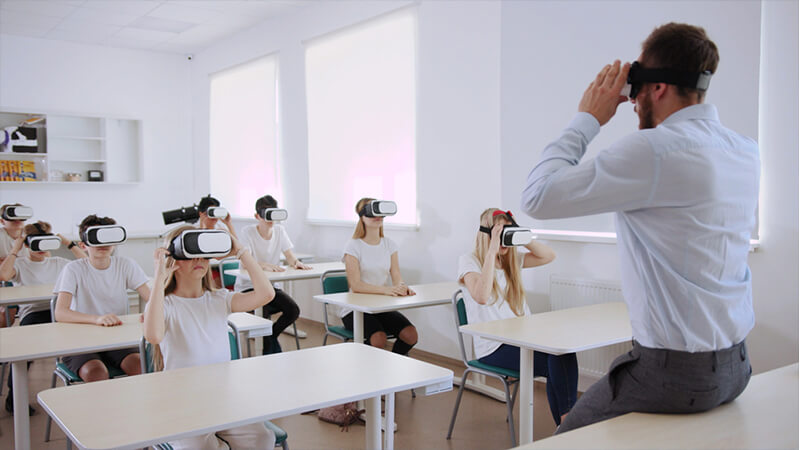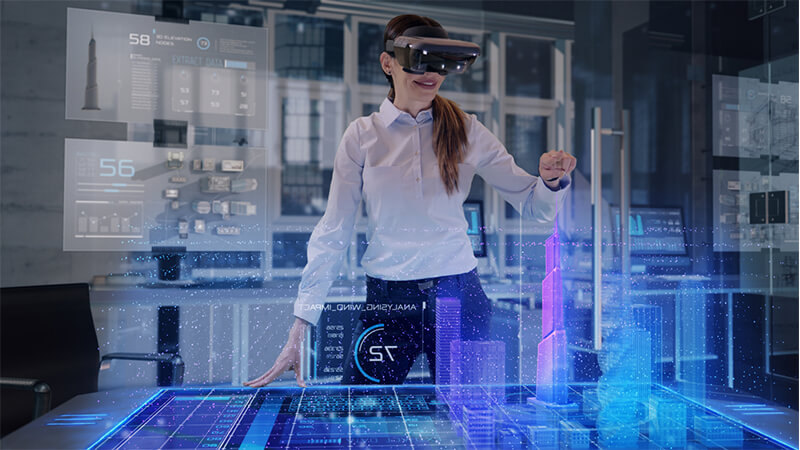Education is a cornerstone of human civilization. From the ancient libraries of Alexandria to today’s smart classrooms, we have always strived for better ways to acquire knowledge and skills. Now, augmented reality (AR) and virtual reality (VR) technologies are set to revolutionize education, offering new, immersive ways to engage students and enhance learning.
AR/VR can transport learners to any location, real or imagined, right from their classroom or home. For instance, students can virtually visit the pyramids of Egypt, dive into the Great Barrier Reef, or even traverse the surface of Mars. Such experiences would be logistically impossible or extremely expensive in the traditional classroom setup, but AR/VR makes them accessible and engaging.
AR/VR can also bring complex concepts to life. For example, in a biology class, students can explore the human body at a cellular level, visualizing the complex mechanisms of cells, tissues, and organs. In physics, they can witness the bending of space-time around a black hole or manipulate virtual objects to understand forces and motion. This kind of experiential learning can be much more effective than reading from a textbook or even watching a video, as students are actively involved in the learning process.
Moreover, AR/VR can provide personalized, adaptive learning experiences. AI-powered AR/VR systems can monitor a student’s performance in real-time, adjusting the learning content and pace to match the student’s needs. This can make learning more efficient and reduce the risk of students falling behind because they can’t keep up or getting bored because they’re not challenged enough.
Additionally, AR/VR can support skills training in a safe, controlled environment. For instance, medical students can practice surgeries in VR, making mistakes and learning from them without any risk to real patients. Similarly, AR can guide technicians through complex repair tasks, overlaying step-by-step instructions onto the real-world objects.
However, the integration of AR/VR in education is not without challenges. The cost of AR/VR equipment can be a barrier, particularly for underfunded schools or in developing countries. Technical issues, such as ensuring a stable and robust performance of AR/VR applications, can also be a hurdle. And there’s a need for teachers to be trained in the use of these technologies, both in terms of operating the equipment and integrating it into their teaching.
Moreover, there’s an ongoing discussion about the potential health effects of prolonged use of VR headsets, particularly for children. While research is still inconclusive, it’s important that we approach the integration of AR/VR in education in a responsible and informed manner, considering all potential risks and benefits.
In conclusion, AR/VR technology holds great promise for education, with the potential to make learning more engaging, interactive, and effective. As we continue to explore and develop these technologies, we should aim to make them accessible to all learners, regardless of their economic background or geographical location. This way, we can ensure that the AR/VR revolution in education benefits everyone, ushering in a new era of immersive, personalized learning.



